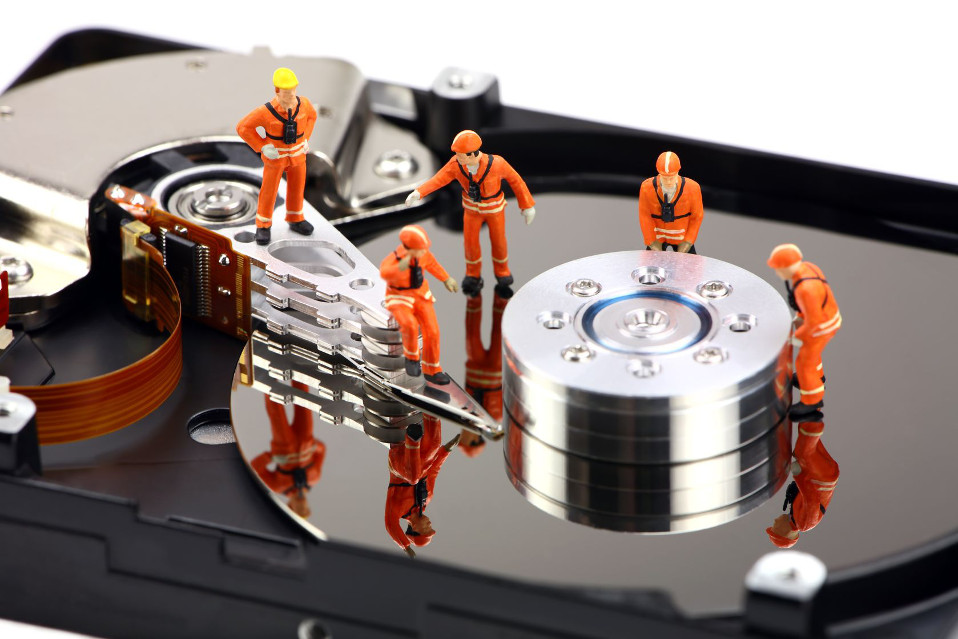RAID Data Recovery and Repair Services: A Buyer's Guide
RAID Recover Selection Advice
Why you can trust Tom's Hardware
When interviewing potential repair depots, you need to recognize that there is a difference between data recovery and disk repair. If the goal is just data recovery where the hard disk will be trashed after the recovery process, and if the goal is simply to recover the data quickly, it is possible to open drives outside of a clean room environment, Moulton says. While this is not the recommended procedure, sometimes extraordinary measures are needed. Opening a drive outside a clean room will void a warranty and is generally considered contaminated from a forensics perspective, but when successful it can recover data when no clean room is available.
A drive that requires a rebuild due to a failed part or head crash generally will increase the cost of recovery if the repair is done in a clean room but the rebuilt drive still should be trashed after all the data is recovered. With the low cost of disk storage today, it makes more sense to buy a new drive rather than rely on a drive that had already failed once.
You can expect to pay at least $700 for data recovery and perhaps much more if the physical disk must be repaired. A forensic repair, which includes written reports and chain-of-custody security, can further increase the price.
Many commercial programs that claim to do data recovery try to restore the data by writing new data to the original disk. Ideally, experts agree, you will want to create an image of the damaged disk and only work restoring the data from the image on a different, clean drive. That way if important data is accidentally overwritten, you can start over again with a fresh image and the original data is not touched. When the technician is working on the original disk, it should be placed in a system that is write-protected so that the data cannot be destroyed permanently.
Yasumoto says companies that need advanced disk repair should interview companies that claim to have the expertise and ask them to perform a “shadow repair.” By watching how the technician moves his hands over the imagined disk, he says, the potential client who understands the internals of a hard disk can glean some knowledge about how well the technician would do the job on a real drive.
The drawback to this approach, however, is that it takes a lot of time for the vendor who might not want to do the exercise for a prospect who is not paying for the time. Also, for a client that does not understand the intricacies of data recovery, the demonstration would have little value.
Ultimately, repairing a RAID takes individual disk recovery to the next level. Not only must the most recent drive that failed be identified and recovered, but even the good drives in the array must be examined. Because there are no industry standards when it comes to RAID or disk recovery, the selection of the repair depot takes on a new level of importance. Make sure that references are checked and the depot has a data security policy in place.
Current page: RAID Recover Selection Advice
Prev Page RAID Recovery: Software and Services Next Page RAID Recovery Services Comparison TableGet Tom's Hardware's best news and in-depth reviews, straight to your inbox.

